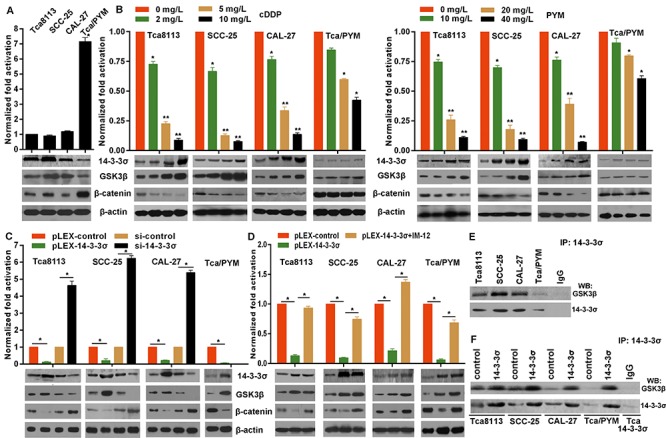Figure 3. 14-3-3σ interacts with GSK3β to inhibit β-catenin signaling activation.

A. The β-catenin signaling activation was determined by TCF/LEF Reporter Assay 48 hours after transfection of related plasmids and the protein levels were detected by western blotting. vs other cell lines, *p < 0.01. B. Protein levels were detected by western blotting from cells collected 24 h after treatment. 24 h after transfected with related plasmids of TCF/LEF Reporter Assay, cells were treated with PYM or cDDP for 24 h, and then the β-catenin activation was determined. C. Protein levels were detected by western blotting from cells collected 48 h after related transfection. The TCF/LEF Reporter Assays were performed in cells at 24 h after transfection with pLEX-14-3-3σ or siRNA, *p < 0.01. D. 24 h after cells transfected with pLEX-14-3-3σ or control, the TCF/LEF Reporter Assays were performed. After transfection, all culture media was replaced with fresh media containing 50 nM IM-12. *p < 0.01. E and F. Coimmunoprecipitation results demonstrated that 14-3-3σ physically binds to GSK3β and the binding increased with overexpressed 14-3-3σ in TC cells. Equal amounts of cell lysates were immunoprecipitated (IP) with anti-14-3-3σ antibody and then immunoblotted with anti-GSK3β or anti-14-3-3σ bodies, IP with IgG was set as control.
